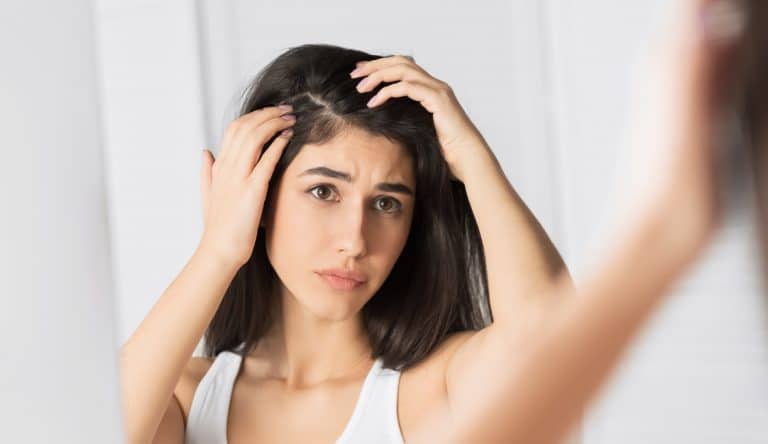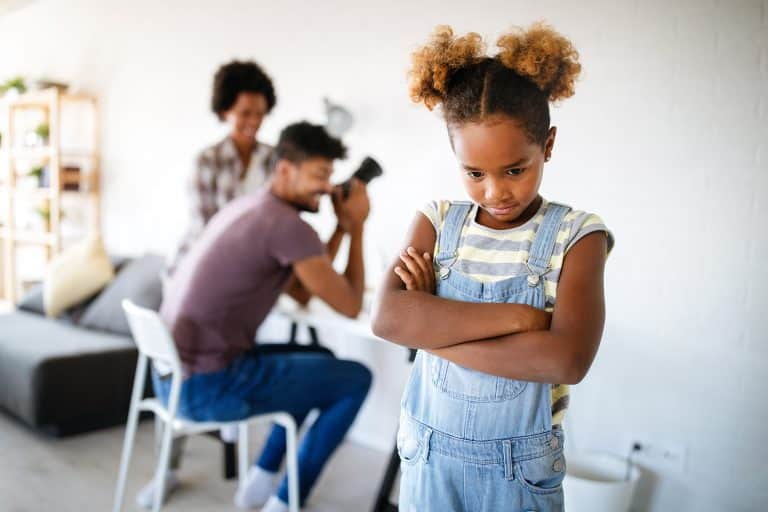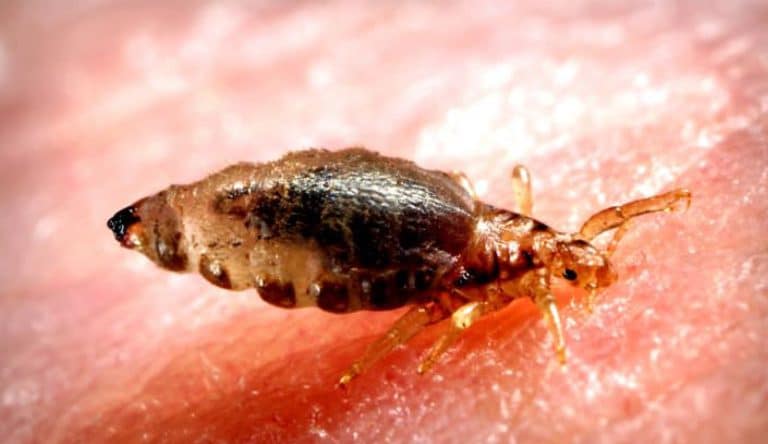
Head Lice FAQ
How Do I Eliminate Lice in My Home?
In most cases, you do not have to do anything special to get rid of lice in your home. Head lice need a human host to live on to survive. Without a human scalp to live on, these parasites die within 24 to 48 hours.
Is It Possible for My Pets to Get Lice?
The simple answer is no. Head lice only live on humans, so it is impossible to transmit them to your pets.
Will the Lice Travel to Other Parts of My Body?
Head lice are specifically designed with six legs that are perfect for grasping and climbing up human hair. They prefer to stick close to the scalp where they have an easy place to feed.
Why Is It Necessary to Use the Lice Lifters Solution Three Extra Times After Our First Treatment?
Our professional technicians do their best to remove every live louse and egg from the hair and scalp. However, this solution is what we call insurance against an re-infestation. In the rare event that an egg is left behind, the solution suffocates it. These three treatments also protect you during the first few days at home when a live louse could potentially live off of the scalp.
Can Lice Spread Dangerous Diseases?
Head lice are more of a nuisance pest. They do not spread disease, but it is possible to develop an infection from scratching at itchy spots and sores on the scalp
What Does a Nit, or Lice Egg, Look Like?
Lice deposit their eggs near the hair follicles on the scalp. They tend to have a white to yellow-brown color. They are attached with a special type of glue that causes them to only move when pulled at or tugged fingernails or a special type of brush. They do not typically fly away if you blow on them.
What Steps Can I Take to Prevent Lice?
Lice prevention should begin with just being careful to avoid contacting your head and hair to another person’s. Follow common sense rules such as not sharing hats, brushes or hair accessories. Our Lice Lifters Spray also deters lice because they do not like the smell of mint that it contains.
When Do Nits Begin to Hatch?
The average span from when the eggs are laid to when they hatch is about seven days. Often, what people think is a re-infestation is just missed eggs hatching after about a week after treatment. This is why it is important to use a thorough lice removal approach that includes combing out the nits as well as using the treatment solution.
Where Did My Child Pick Up Lice?
If you could figure out how your child got lice, then you might be able to warn the other person. Unfortunately, there is rarely a clear cut place to pinpoint the origin of a lice infestation. Kids can get lice at school, daycare, camp and even on the playground. Just keep teaching them lice prevention strategies so that it becomes less likely to happen again.
What Symptoms of Head Lice Should I Know?
About half of the population has an allergic reaction to lice bites that results in an itchy scalp. Young children may have trouble sleeping due to the sensations on their head, and many people describe an odd feeling of having something crawling around in their hair.
Can Head Lice Fly or Jump From One Place to Another?
No, head lice do not have wings, and they only use their legs to crawl. You may rarely find them on skin or a surface such as a pillow. However, they are usually in transition to finding human hair if you see them off of a person’s head.
Should I Spray My Furniture Down With Lice-Killing Pesticides?
We recommend taking a cautious approach with sprays since many contain toxic chemicals that become airborne and can leave a residual film that lasts for weeks. Since lice die within one to two days, you can simply vacuum or wipe down furniture as normal and wait it out.
Do I Have to Toss Out Pillows and Stuffed Animals?
The short life span of a head louse without a scalp means that these things are safe. If your child can live without their stuffed animal, then bag it up and put it in a safe place for two days. Pillows and toys that are needed right away can be treated by running them through a hot cycle in the dryer for at least 30 minutes.
Where Did Lice Originate?
These tiny insects have been pestering humans for as long as we have been existence.
Why Is Your Lice Comb Better Than Others?
Our Lice Lifters comb has teeth that are closer together than others. The teeth also have expertly designed microgrooves that catch head lice and nits that others do not.
Why Not Just Use OTC Products?
Of course, you could give them a try, but you will likely find that you are wasting time and money when it is critical to use an effective treatment. OTC products have been overused to the point that lice have become resistant to their toxic chemicals.
How Many Eggs Do Lice Lay Each Day?
A single female head louse lays about 10 eggs a day with a total of 200 for her lifetime.
How Long Does It Take for a Nymph to Become an Egg-Laying Adult?
It takes about seven to 10 days for a nymph to start laying eggs. When you think about how each one can lay 10 a day, it is easy to see how infestations quickly multiple if you don’t seek treatment from our technicians.
Why Families Choose Lice Lifters?
All Natural,
Organic and Safe
Our Lice Lifters® Treatment Solution is all natural and all of our lice treatment products are safe for the whole family.
Certified Lice
Removal Technicians
Our lice treatment technicians are all trained and certified on the best techniques for removing lice once and for all.



